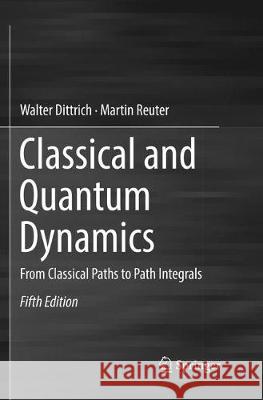Classical and Quantum Dynamics: From Classical Paths to Path Integrals » książka
topmenu
Classical and Quantum Dynamics: From Classical Paths to Path Integrals
ISBN-13: 9783319863696 / Angielski / Miękka / 2018 / 489 str.
Classical and Quantum Dynamics: From Classical Paths to Path Integrals
ISBN-13: 9783319863696 / Angielski / Miękka / 2018 / 489 str.
cena 282,42 zł
(netto: 268,97 VAT: 5%)
Najniższa cena z 30 dni: 269,85 zł
(netto: 268,97 VAT: 5%)
Najniższa cena z 30 dni: 269,85 zł
Termin realizacji zamówienia:
ok. 22 dni roboczych
Bez gwarancji dostawy przed świętami
ok. 22 dni roboczych
Bez gwarancji dostawy przed świętami
Darmowa dostawa!
Kategorie BISAC:
Wydawca:
Springer
Język:
Angielski
ISBN-13:
9783319863696
Rok wydania:
2018
Wydanie:
Softcover Repri
Ilość stron:
489
Waga:
0.70 kg
Wymiary:
23.39 x 15.6 x 2.59
Oprawa:
Miękka
Wolumenów:
01
Dodatkowe informacje:
Wydanie ilustrowane











